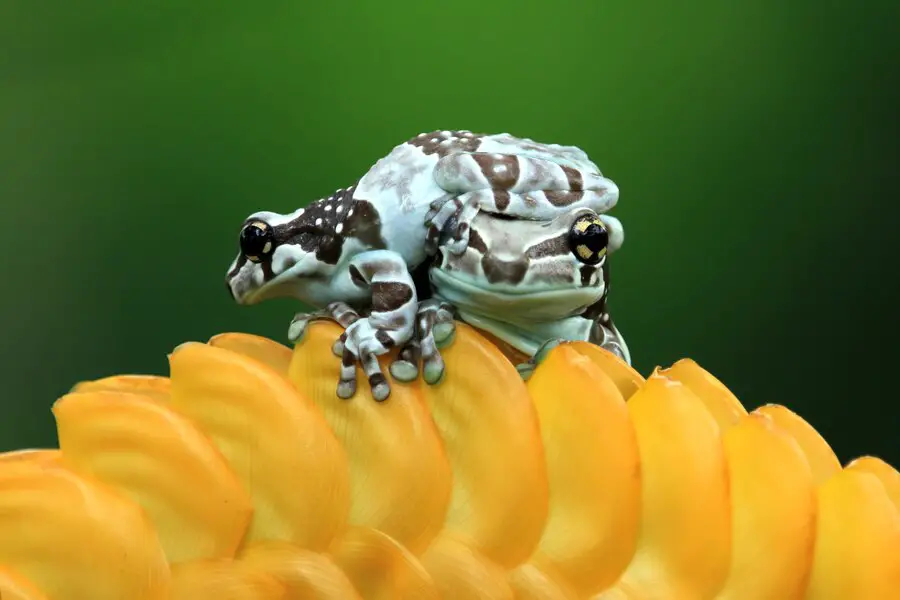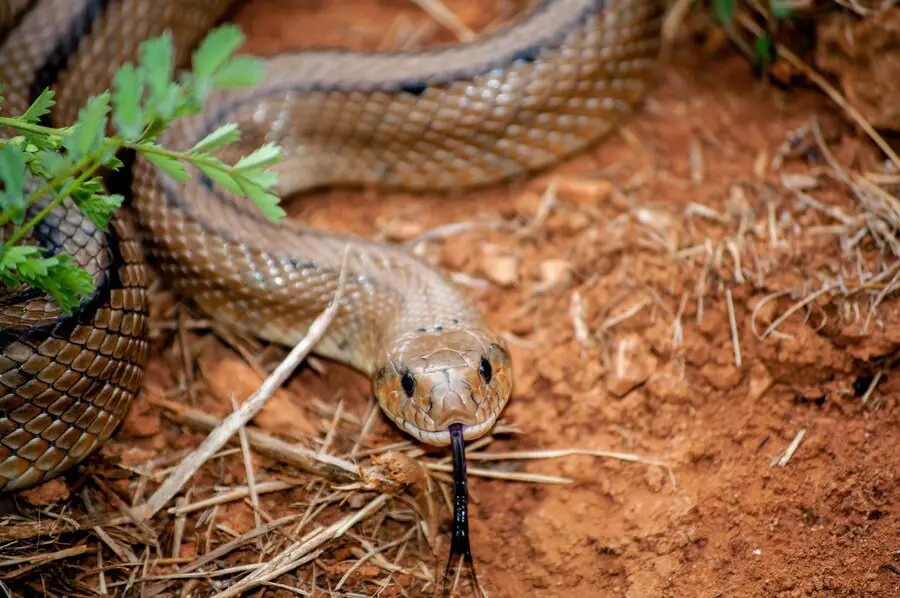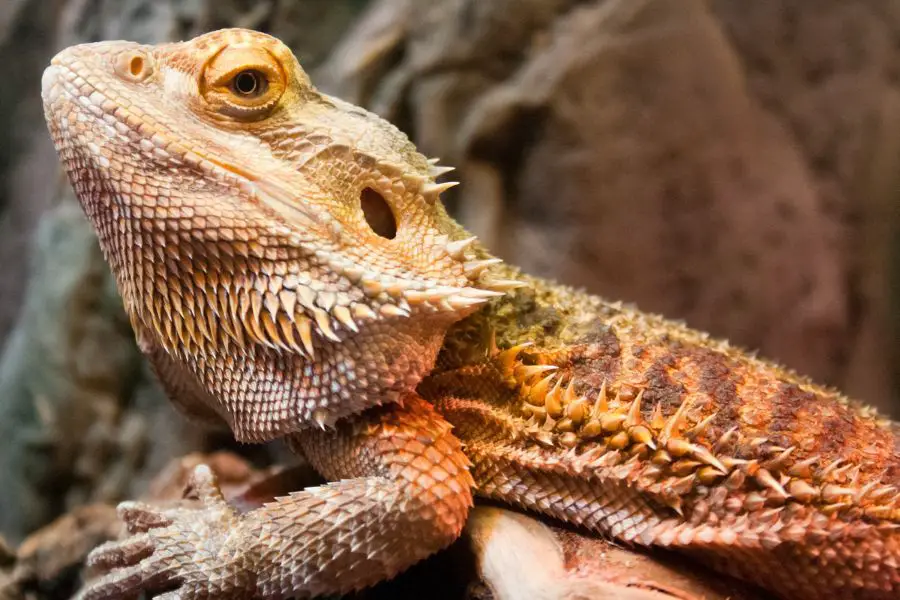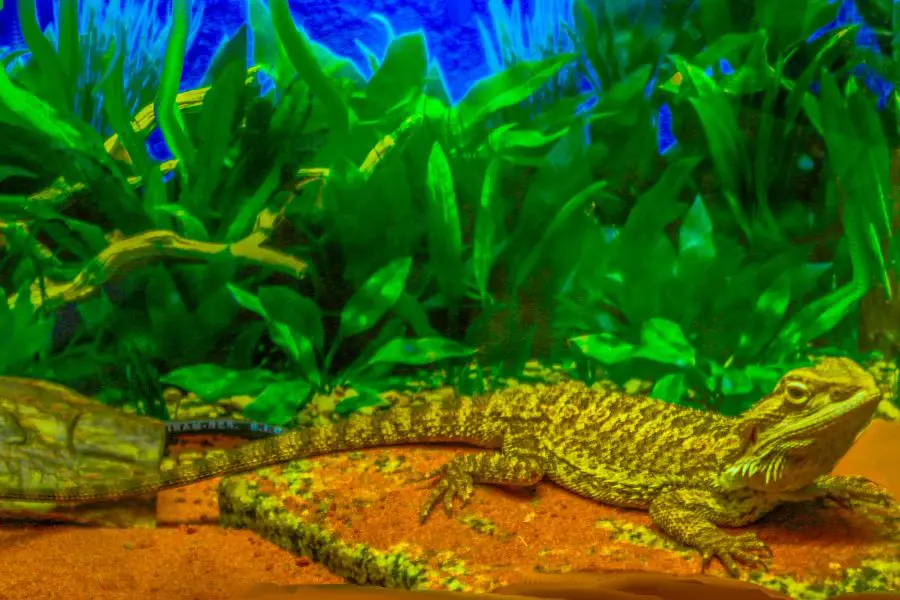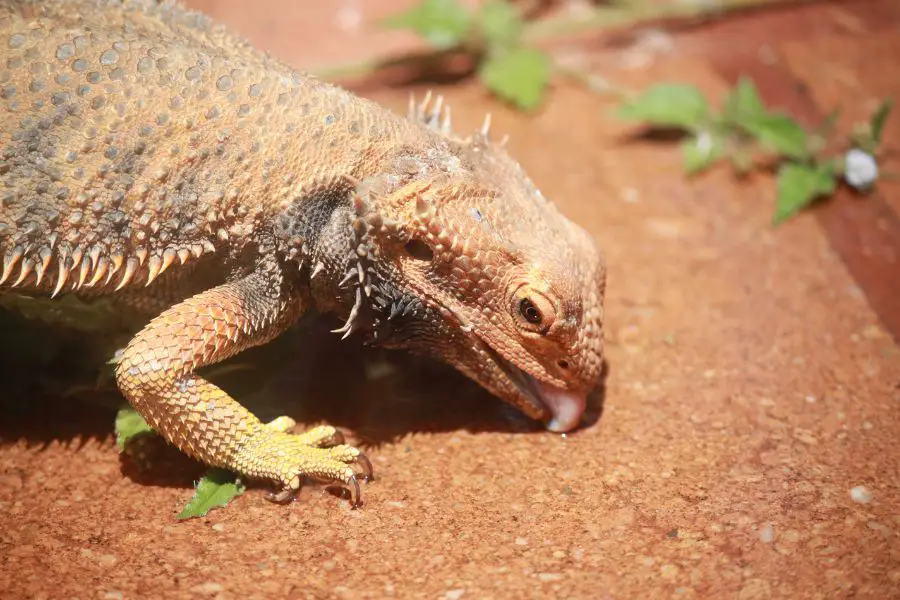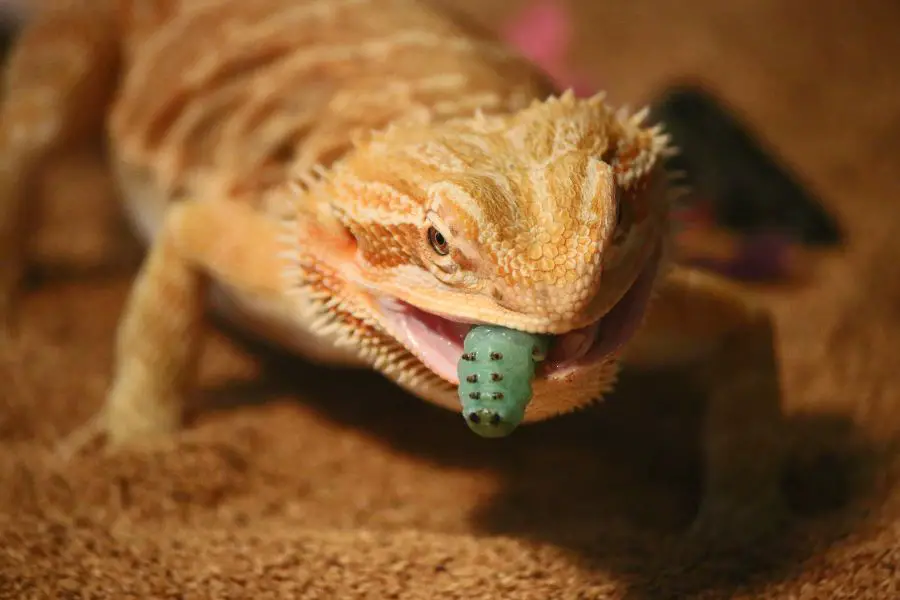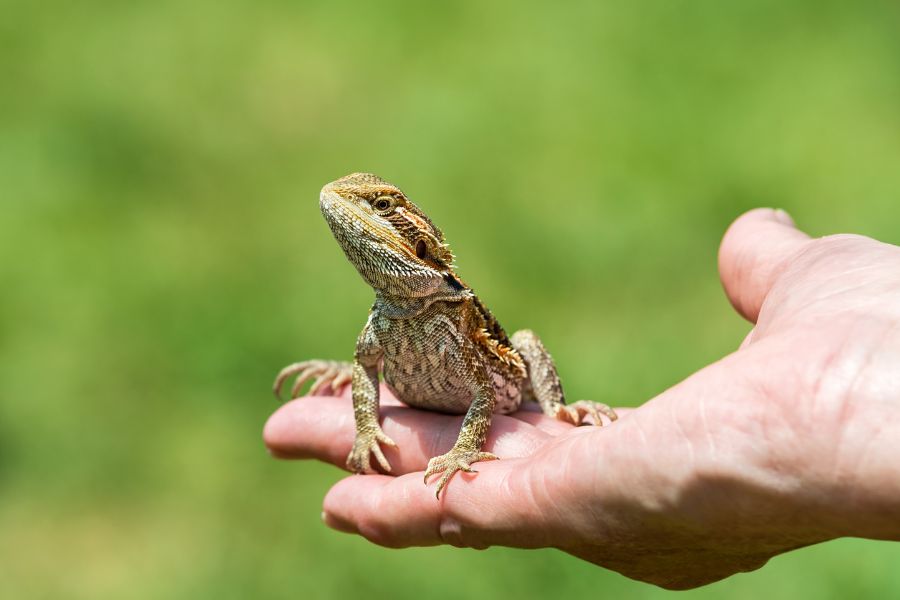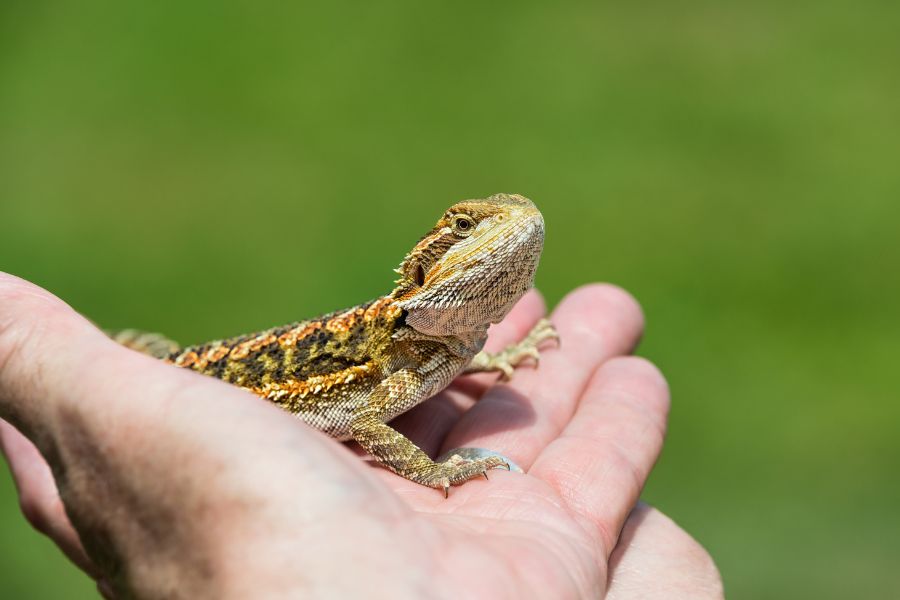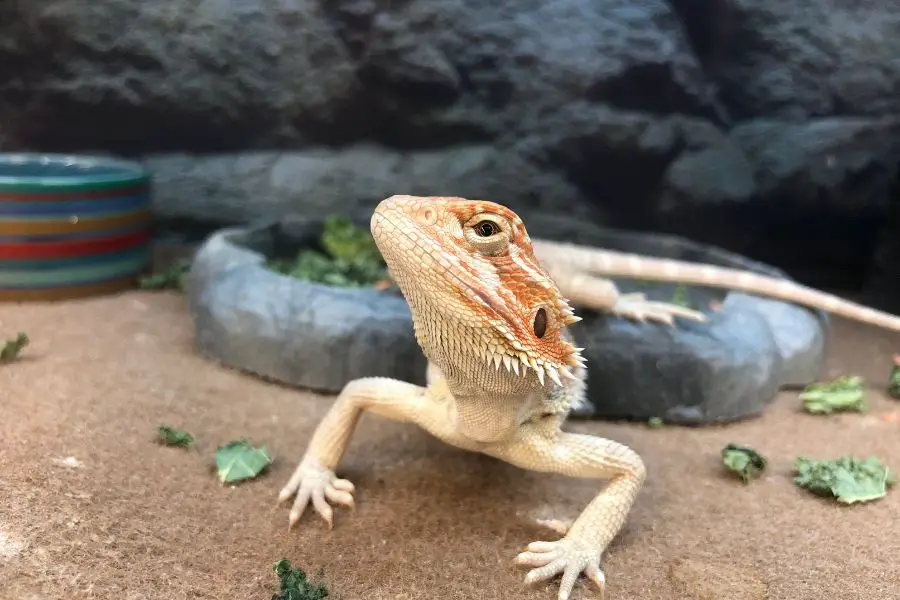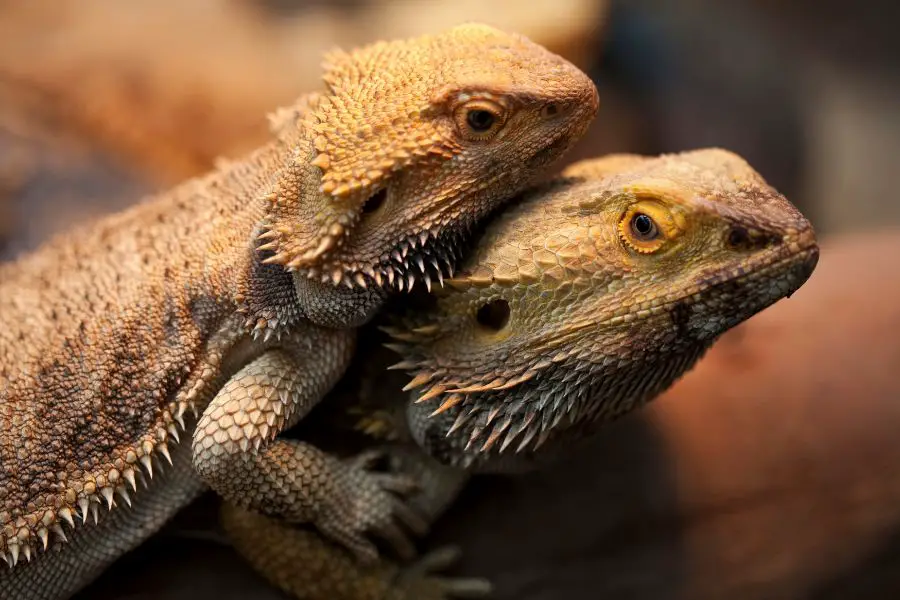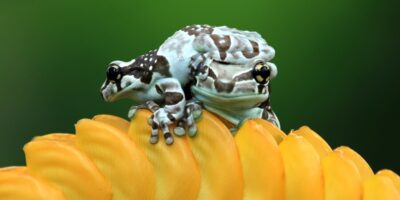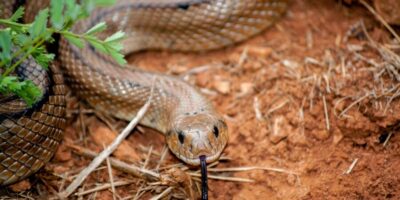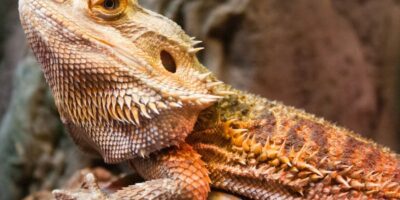Bearded dragons are amazing reptiles known for their unique appearance and captivating behaviors. These friendly creatures are native to Australia and make popular pets due to their docile nature. When it comes to mating, bearded dragons have some interesting behaviors. During the mating season, male bearded dragons become more active and display courtship behaviors to attract females.
Understanding the mating season of bearded dragons is important for a few reasons. Firstly, it helps us better care for them during this time. By knowing when they are more active and exhibiting courtship behaviors, we can provide them with the right environment and conditions to ensure their well-being.
Additionally, understanding their mating season allows us to plan and prepare for potential breeding if we have multiple bearded dragons. Overall, knowing their mating season enhances our knowledge and ability to provide the best care for these incredible reptiles.
Understanding Mating Cycle
The reproductive cycle of bearded dragons is influenced by both temperature and daylight. These factors play a crucial role in triggering their mating behaviors. Bearded dragons are ectothermic, meaning their body temperature is regulated by their environment. In order for their reproductive cycle to begin, they require a specific temperature range. Typically, a temperature range of around 80-90°F (27-32°C) is ideal for stimulating their reproductive hormones.
Daylight also plays a significant role in their mating season. Bearded dragons rely on natural changes in daylight duration to signal the start of their breeding season. As the days become longer during the springtime, it signals to the bearded dragons that it’s time to mate.
Courtship Behaviors
Male bearded dragons display a variety of courtship behaviors to attract females during mating season. One of the most well-known behaviors is head bobbing. They rhythmically move their head up and down, almost like a nodding motion. It’s their way of communicating and showing off their dominance and interest. Another fascinating behavior is beard puffing. Male bearded dragons have a unique flap of skin under their chin called a “beard.” When they’re trying to impress a female, they puff out this beard, making it look larger and more vibrant.
In addition to head bobbing and beard puffing, male bearded dragons may also engage in push-ups. They rapidly extend and retract their front legs while keeping their body low to the ground. This display showcases their strength and agility to the female. These courtship behaviors are not only interesting to observe but also serve as a way for male bearded dragons to communicate their readiness to mate. It’s truly amazing how they have developed these unique displays to attract a potential partner.
Female Selection and Mating
When it comes to choosing their mates, female bearded dragons have their own ways of making their selection. During the mating season, females assess the displays and behaviors of the male dragons to determine their suitability as mates. They observe the head bobbing, beard puffing, and push-up displays, among others, to evaluate the males’ health, strength, and dominance.
Once a female has chosen a male, the mating process begins. The male approaches the female and initiates courtship behavior, such as circling her and gently nudging her. If the female is receptive, she will allow the male to mount her back. This is known as the mating position, where the male’s tail is positioned under the female’s tail base.
During mating, the male transfers sperm to the female using his reproductive organs called hemipenes. The female stores the sperm in specialized structures called sperm storage tubules. Fertilization occurs when the female releases eggs from her ovaries, and the stored sperm fertilizes them as they pass through the oviducts.
After fertilization, the female will lay her eggs, usually in a burrow or a suitable nesting area. She carefully buries the eggs to protect them and provides the necessary warmth for incubation. The eggs will develop and hatch into baby bearded dragons, starting a new generation. It’s fascinating to see how female bearded dragons evaluate and choose their mates based on the males’ displays and behaviors. This natural selection ensures the continuation of healthy and strong offspring.
Nesting and egg-laying
Female bearded dragons exhibit interesting nesting behaviors when it’s time to lay their eggs. They typically search for a suitable nesting site, which can be a burrow they dig themselves or a pre-existing spot like a pile of sand or soft soil. They prefer areas with good drainage to prevent the eggs from getting waterlogged. Once the female has found the perfect spot, she starts to dig a hole using her front legs and snout.
The depth of the hole can vary, but it’s usually around 6-8 inches deep, depending on the size of the female. After the hole is dug, the female carefully lays her eggs one by one. Bearded dragons can lay anywhere from 10 to 30 eggs in a single clutch, although the number can vary. Once all the eggs are laid, she uses her hind legs to cover them with the excavated soil, creating a protective layer.
The incubation period for bearded dragon eggs typically lasts around 60-80 days, depending on various factors such as temperature and humidity. During this time, the eggs need a stable and warm environment to develop properly. The female does not provide direct parental care after laying the eggs, as they rely on the external environment for incubation. Owners need to create a suitable incubation setup or transfer the eggs to an incubator to ensure the proper temperature and humidity levels. This helps to increase the chances of successful hatching and the healthy development of the baby bearded dragons.
Parental Care
Actually, in the case of bearded dragons, it is the females that take care of incubating the eggs. After the female lays her eggs, she covers them with soil and provides the necessary warmth and humidity for incubation. The males do not play a direct role in incubating the eggs. However, it is still crucial for owners to provide a suitable environment for the eggs to ensure their successful development.
This includes maintaining the proper temperature and humidity levels in the incubation setup or incubator. Consistency in these factors is essential to create an optimal environment that mimics the conditions necessary for the eggs to hatch. By providing a suitable environment, we can help support the natural incubation process and increase the chances of healthy hatchlings. It’s important to monitor and adjust the conditions as needed to ensure the best possible outcome for the eggs.
Conclusion
Understanding the mating season of bearded dragons is crucial for their overall well-being and successful reproduction. During this time, both male and female bearded dragons exhibit specific behaviors and hormonal changes that indicate their readiness to breed.
By familiarizing ourselves with these signs, we can ensure that we provide the necessary conditions and support for our dragons to mate and lay eggs. This includes creating suitable nesting environments, monitoring temperature and humidity levels, and providing proper care during the incubation period.
